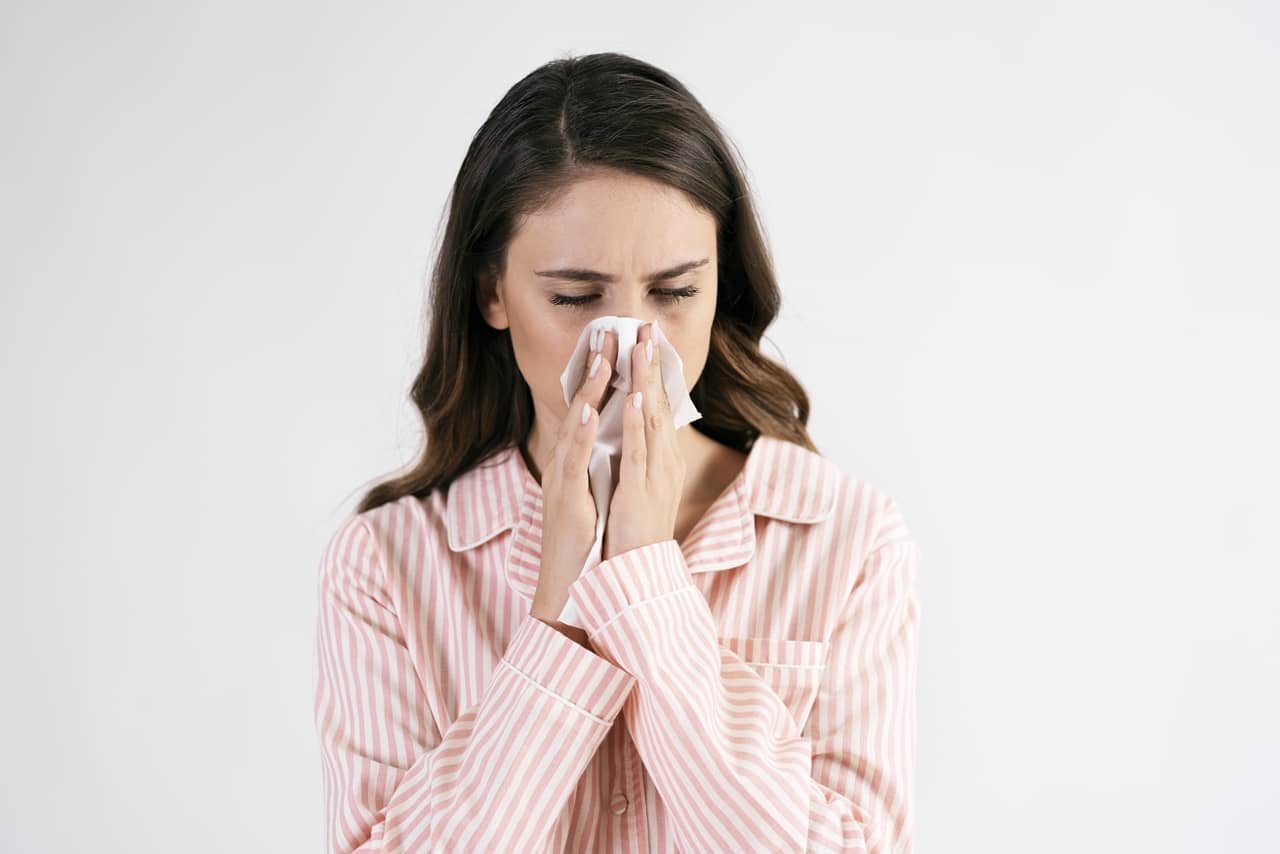Introduction
Welcome to our comprehensive guide on harlequin fetus, a topic often shrouded in mystery and misconceptions. Harlequin fetus syndrome, also known as harlequin ichthyosis, is an extremely rare and severe genetic disorder that affects the skin. This blog post provides information about the causes, symptoms, diagnosis, and treatment of harlequin fetus syndrome. Learn more about this condition and how medical interventions can help manage the symptoms and improve the quality of life for individuals with harlequin fetus syndrome.
What Is a Harlequin Fetus Syndrome?
Harlequin fetus syndrome, also known as harlequin ichthyosis, is an extremely rare and severe genetic disorder that affects the skin. It is characterized by the thickening and hardening of the skin, resulting in a unique appearance that resembles a harlequin mask.
The term “Harlequin fetus” alludes to a extreme and uncommon intrinsic skin clutter known as Harlequin ichthyosis. It may be a sort of ichthyosis, which may be a bunch of hereditary skin disarranges characterized by the thickening and scaling of the skin. Harlequin ichthyosis is an greatly uncommon and serious shape of ichthyosis that influences the skin from birth. Individuals with Harlequin ichthyosis have thick, diamond-shaped plates of skin isolated by profound splits.
The skin is regularly difficult and shows up tight, confining development.The characteristic appearance of the skin gives the influenced infant a likeness to a harlequin, a character from conventional Italian comedy known for its unmistakable diamond-patterned ensemble.

Causes Of Harlequin Fetus Syndrome
1. Genetic Code
The condition is primarily caused by mutations in the ABCA12 gene, essential for normal skin development. This condition is caused by mutations in the ABCA12 gene, which is responsible for the production of a protein involved in the normal development of the skin. These mutations disrupt the formation of the skin’s protective barrier, leading to the abnormal skin features seen in individuals with harlequin fetus syndrome.
2. Environmental Influences
While genetics play a pivotal role, environmental factors can also contribute to the severity of symptoms. Factors such as temperature, humidity, and overall skin care can influence the manifestation of harlequin fetus. Understanding these triggers is vital for managing the condition effectively.
How Harlequin Ichthyosis Baby Looks Like?
Babies born with harlequin fetus syndrome have thick, dry, and scaly skin that is divided into diamond-shaped plates. The skin is often tight and restricts movement, which can lead to complications such as breathing difficulties and feeding problems. Additionally, the skin’s inability to provide an effective barrier makes individuals with this condition highly susceptible to infections and dehydration.

Beyond the skin, harlequin fetuses often experience respiratory challenges. The thickened skin can restrict chest wall expansion, leading to breathing difficulties. Early intervention and specialized care are crucial to addressing these respiratory concerns.
Harlequin Ichthyosis Treatment and Medical Management
Prenatal Diagnosis
Advancements in medical technology have enabled prenatal diagnosis of harlequin fetus, allowing for informed decision-making and early intervention. Genetic testing and imaging techniques play a crucial role in identifying the condition during pregnancy.
Multidisciplinary Approach
Managing harlequin fetus requires a multidisciplinary approach involving dermatologists, geneticists, neonatologists, and respiratory specialists. This collaborative effort ensures comprehensive care that addresses both the dermatological and systemic aspects of the condition.
Supportive Therapies
While there is no cure for harlequin fetus, supportive therapies aim to alleviate symptoms and enhance the quality of life for affected individuals. These may include emollients to moisturize the skin, specialized clothing, and respiratory support when necessary.
Harlequin Ichthyosis Life Expectancy
Ongoing research and medical advancements continue to shape the landscape of harlequin ichthyosis care. It is recommended to consult with healthcare professionals for the latest information on life expectancy and treatment options, as the field of genetics and dermatology is dynamic, with new discoveries emerging regularly.
The life expectancy of individuals with harlequin ichthyosis has significantly improved over the years, thanks to advances in medical care, early intervention, and a multidisciplinary approach to management. While challenges persist, a more optimistic outlook underscores the importance of ongoing research and a collaborative effort to enhance the well-being of those affected by this rare genetic disorder.
Conclusion
Our exploration into the realm of harlequin fetus reveals a complex interplay of genetics, environmental factors, and medical management. By disseminating accurate and detailed information, we aim to contribute to a more informed society that values understanding over stigma.
21 Frequently Asked Questions (FAQ) on Harlequin Ichthyosis
1. What is Harlequin Ichthyosis?
Harlequin Ichthyosis is an exceedingly rare genetic disorder characterized by severe skin abnormalities, including thickening and scaling, resulting in a distinctive appearance reminiscent of a harlequin’s costume.
2. How is Harlequin Ichthyosis Inherited?
Harlequin Ichthyosis follows autosomal recessive inheritance. Both parents must carry a mutated copy of the ABCA12 gene for their child to inherit the condition.
3. Can Harlequin Ichthyosis be Diagnosed Before Birth?
Yes, prenatal diagnosis is possible through advanced imaging techniques, allowing healthcare professionals to identify characteristic features during pregnancy.
4. What Causes Harlequin Ichthyosis?
Harlequin Ichthyosis is primarily caused by mutations in the ABCA12 gene, a key factor in normal skin development.
5. Are Individuals with Harlequin Ichthyosis Prone to Infections?
Yes, the condition compromises the skin barrier, making individuals more susceptible to bacterial infections. Proper skincare is essential to prevent complications.
6. How is Harlequin Ichthyosis Treated?
While there is no cure, management involves a multidisciplinary approach, including regular moisturization, respiratory support if needed, and addressing potential complications.
7. What is the Life Expectancy of Individuals with Harlequin Ichthyosis?
Advancements in medical care have significantly improved life expectancy. Early diagnosis and specialized care contribute to more optimistic outcomes.
8. Can Harlequin Ichthyosis be Cured?
As of current medical knowledge, there is no cure. Treatment focuses on symptom management and improving overall quality of life.
9. What are the Skin Manifestations of Harlequin Ichthyosis?
The skin manifests as thickened, diamond-shaped plates separated by deep cracks. Rigidity may limit mobility, and fissures increase the risk of infections.
10. Is Harlequin Ichthyosis Painful?
While the condition itself is not inherently painful, complications such as fissures and infections can cause discomfort. Pain management strategies may be recommended.
11. How Does Harlequin Ichthyosis Impact Daily Life?
Challenges include limited mobility and assistance needed for skincare routines. With proper care, individuals can lead fulfilling lives.
12. Can Harlequin Ichthyosis be Detected Through Genetic Testing?
Yes, genetic testing is a crucial tool for confirming the diagnosis of Harlequin Ichthyosis.
13. Are There Support Groups for Individuals with Harlequin Ichthyosis?
Yes, there are support networks and advocacy groups providing emotional support, information, and community engagement.
14. Does Harlequin Ichthyosis Affect Internal Organs?
While the primary impact is on the skin, respiratory challenges may arise due to the thickened skin restricting chest wall expansion.
15. How Often Does Harlequin Ichthyosis Occur?
Harlequin Ichthyosis is extremely rare, with an estimated incidence of 1 in 300,000 live births.
16. Can Harlequin Ichthyosis Improve with Age?
While there is no cure, some individuals may experience improvement in symptoms with age, especially with consistent skincare.
17. What Specialized Care is Needed for Infants with Harlequin Ichthyosis?
Infants often require specialized neonatal care, including respiratory support and meticulous skincare.
18. Is Harlequin Ichthyosis Restricted to Certain Ethnicities?
No, Harlequin Ichthyosis can occur in individuals of any ethnicity.
19. Are There Clinical Trials for Harlequin Ichthyosis?
Research and clinical trials are ongoing, exploring potential therapies and advancements in the understanding of the condition.
20. Can Harlequin Ichthyosis Impact Vision or Hearing?
While the primary impact is on the skin, individuals may have additional health concerns that need monitoring, but the condition typically does not directly affect vision or hearing.
21. What Resources are Available for Further Information on Harlequin Ichthyosis?
For more information and resources, consult healthcare professionals, genetic counselors, and reputable organizations specializing in genetic disorders.















